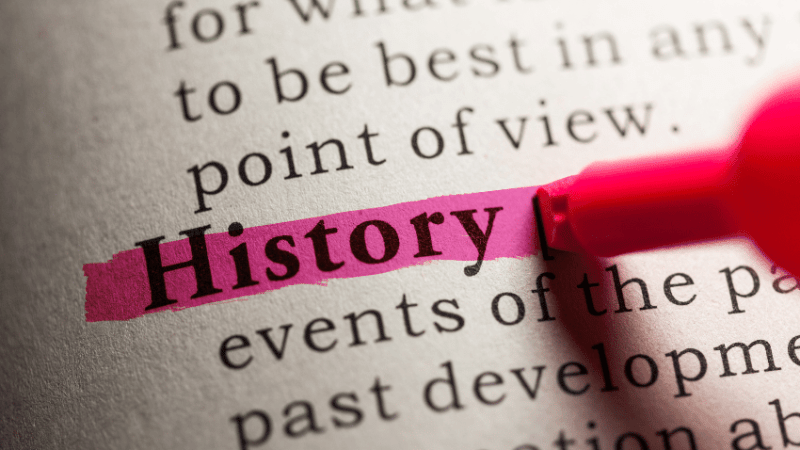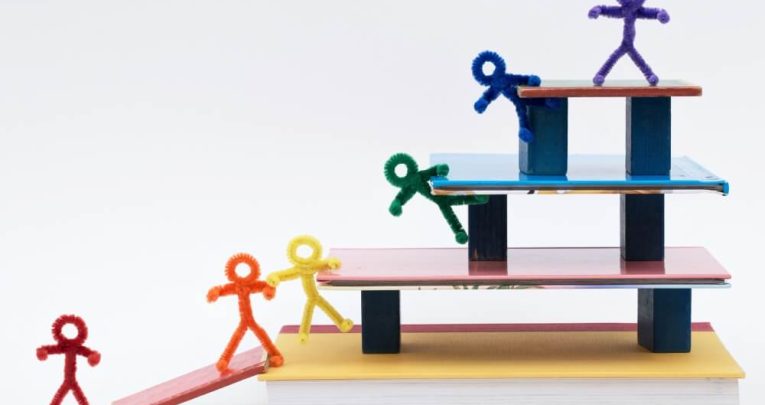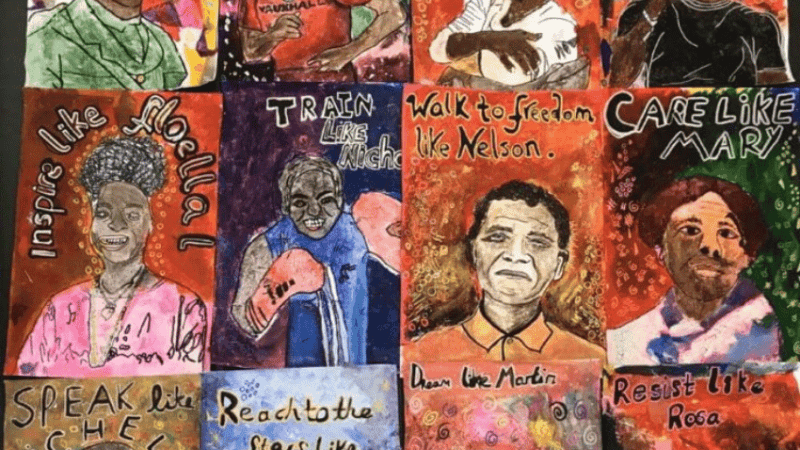History trips – The things to check before you go

Thomas Forbes-Whitehead runs through the considerations teachers should prioritise when planning and executing their next field trip…
What are your fondest memories of the time you spent at school? For many people, school trips will often be high on the list – be it the overnight residential, the geography field trip to the coast in the name of long-shore drift or the drama trip to see a West End show.
Many of us will fondly recall such occasions, and for good reason. These were times when the more pedestrian elements of daily school life would be suspended in pursuit of cultural enrichment, new understandings and, yes, often some fun too.
It’s important to have happy memories of one’s education. People able to reflect positively on their own education are more likely to instil similarly positive attitudes in their own children. This performs a crucial role in the age-old battle for hearts and minds we undertake when engaging students and their families. And in post-COVID settings, this is arguably more necessary than ever.
Closing the gaps
There is, however, an even more urgent focus as we seek to close the gaps created in the aftermath of the pandemic – namely student progress and outcomes.
As teachers, we can be at our most effective when actively revisiting the question of what we’re teaching and why we’re teaching it.
Our responsibility is to provide a broad, balanced and flowing curriculum. This involves constantly striving to teach the right things efficiently, and with unwavering consistency.
To that end, it’s essential that we apply the same criteria to any trips we take our students on. School trips have the potential to be transformative in terms of the progress our students make. This is particularly true where the subject of history is concerned.
Questions to ask
Yet for that to be possible, the history trips we plan must actively benefit our students’ learning. As you make decisions around the trips your school will undertake over the coming academic year and beyond, keep in mind the following questions:
- Why do you want to go there?
- How will the experience be weaved into the curriculum you teach?
- What benefits will students get from this trip that can’t be obtained in the classroom?
Over the last two years, my history students have participated in a range of different trips. In each case, by asking the above questions throughout the planning process, and by honestly reflecting on what worked and what didn’t, we’ve successfully ensured that our history field trips have had real, demonstrable impacts on students’ understanding and subsequent academic progress.
Site-specific experiences
Let’s look more closely at the question of why you would want to go somewhere. One unfortunate consequence of the pandemic was the near total abandonment of school trips everywhere, often for well over a year. This has left us faced with students who, in many cases, have been deprived of hitherto taken-for-granted educational opportunities.
This can manifest in troubling ways. This is perhaps most noticeably in the limited hinterland knowledge many students now possess, and the related impact this can have on their understanding.
Some would argue that history trips are almost uniquely placed within the school curriculum to address this. This is by virtue of the sheer breadth of topics they can encompass. To a large extent that’s true.
Three of the history trips we undertook in last academic year saw students visit London museums with direct, explicit links to what they were learning in the classroom.
The fact that these museums were all located in our capital city, marking the first such visit for many students attending, added important layers of meaning to the trips’ already well-established academic focus.
So why did we chose those museums specifically? Why not simply access online materials and avoid entirely the logistical and financial challenges such trips typically present? Because they are world-class institutions with exhibits that don’t exist anywhere else. This covers not just the question of why we wanted to go there, but also the question of how our students benefited in ways not possible in the classroom.
Immersive recreations
In history, we’re teaching students about people, places and ideas that are often long dead, or for which students lack significant frames of reference. These trips afforded our students in-person access to sources and expertise they simply couldn’t experience within school.
For example, our Y8 students study the transatlantic slave trade. They then go on to examine the industrialisation of Britain and its subsequent emergence as a global power.
At the Museum of London Docklands they have explored the dark alleyways of London’s ‘Sailortown’. This is an immersive recreation of a ramshackle Docklands district at the height of the Industrial Revolution.
The trip brought to life what students were learning about in ways not feasible in the classroom. It provided access to a host of sources that reinforced, sustained and developed their understanding.
Our Y9 students have similarly benefited from trips to London’s Imperial War Museum. Over two days, the cohort explored enormous, world-class WWI and WWII military exhibits. They were also able to visit the museum’s Holocaust Galleries.
This presented a structured, guided opportunity for students to immerse themselves in a scholarly analysis of the Holocaust at the country’s designated national repository for historical Holocaust information and sources. Again, we couldn’t have replicated either experience within the classroom. In both cases, intrinsic links to what the students were studying greatly heighted the value and impact of the visits.
Before, during and after
As a department, we strove to fully embed the trips in the curriculum. Our sequences of learning provided students with the necessary knowledge and understanding to fully benefit from what each trip offered.
Regular signposting in anticipation of the trips, along with crystal-clear expectations concerning what students would do with what they had learned afterwards, ensured that student progress and understanding remained at the forefront of each visit. This in turn meant the students’ learning actively benefited from them.
We can now see what a history field trip should look like if it’s to be truly meaningful in this new, post-COVID age. The reasons for visiting somewhere must be obviously beneficial. However, it’s imperative that we both prepare students for the trip, and then guide them in reflection afterwards.
In-class learning
To do this, we must therefore extend the trip beyond the event itself. This is via in-class learning that references the trip, the resources and activities students undertake during the visit itself, and in the questions asked of our students afterwards.
Accountability from students for their own learning isn’t always easy to obtain. This is an issue that can be magnified in the context of field trips.
But when we apply the same robust criteria and reasoning that we deploy in our planning, teaching and assessment, the rewards are there to reap.
No trip is without its challenges. Each one we undertake helps us further refine our planning and supervision processes. But by taking time to map out the ‘what’ and the ‘why’ of your trip, using the uniqueness of your chosen destinations to propel student understanding, and by empowering students to reflect visibly and meaningfully when using what they have learned, we can ensure students’ learning actively benefits. While also hopefully giving both you and them the chance to have some fun along the way.
Thomas Forbes-Whitehead is a head of history based in the East of England










